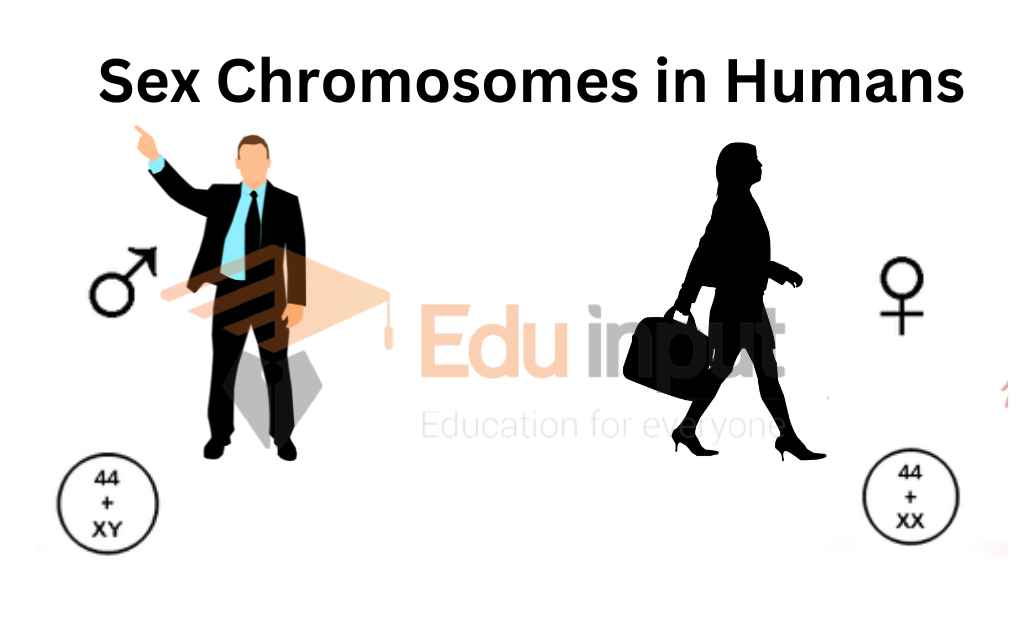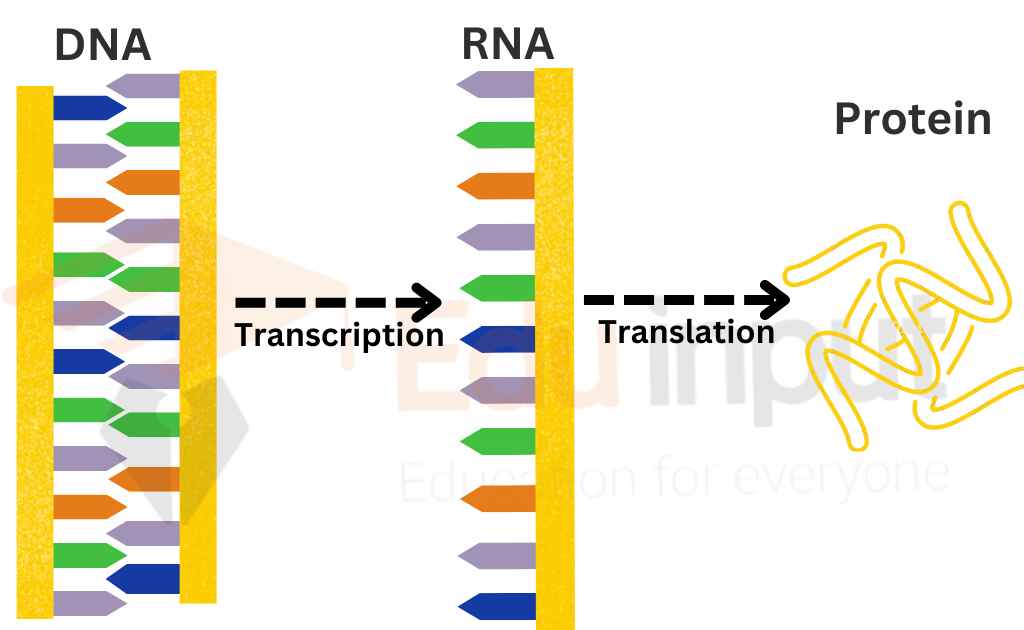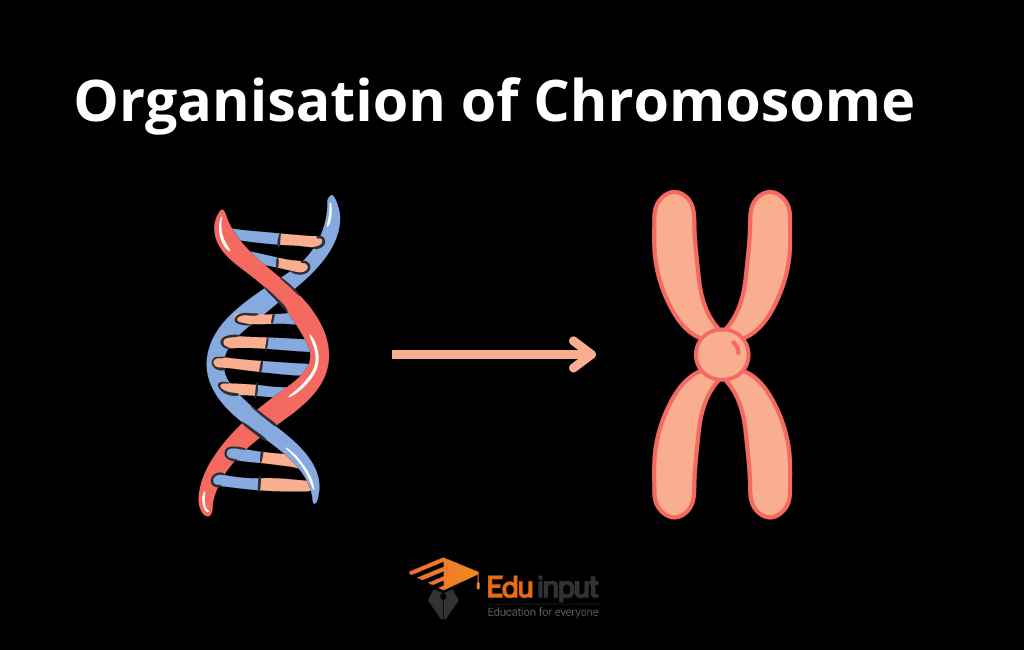Homologous Chromosome (Structure & Functions in Different Organisms)
Homologous chromosomes are a pair of chromosomes in a diploid organism that carry the same genes, with each chromosome coming from one parent. While homologous chromosomes carry the same genes in the same loci, they may have different versions of those genes (alleles) due to mutations or genetic recombination.
In humans, there are 23 pairs of homologous chromosomes, making a total of 46 chromosomes in each cell.
Structure of Homologous Chromosome
Homologous chromosomes are pairs of chromosomes that have the same genes in the same order along their arms. The structure of homologous chromosomes includes a centromere, which is a constricted region that holds the two chromatids together, and two arms that extend from the centromere.
The length of the arms and the location of the centromere can vary between homologous chromosomes, but they share enough similarities in structure to pair up during the process of synapsis. The genes along the length of the chromosome determine the traits of an individual and are passed down from parent to offspring during sexual reproduction.
Homologous chromosomes in Meiosis and Mitosis
Homologous chromosomes function differently in meiosis and mitosis.
During meiosis, they pair up and undergo genetic recombination, resulting in new allele combinations and genetic variation. Meiosis produces four haploid daughter cells, each with half the number of chromosomes as the parent cell.
In mitosis, homologous chromosomes do not pair up or undergo recombination. Instead, replicated sister chromatids line up and separate at the centromere during nuclear division, producing two identical diploid daughter cells. Any crossing over during mitosis does not produce new recombinant genotypes.
Homologous Chromosomes in Somatic Cells
In humans, somatic cells have tightly regulated homologous pairing that occurs in specific loci under the control of developmental signaling and is separated into chromosomal territories.
In some species, such as Drosophila, homologous pairing occurs more frequently and supports a gene regulatory phenomenon called transection, where an allele on one chromosome affects the expression of the homologous allele on the other chromosome. This mechanism is responsible for the sexually dimorphic regulation of X-linked genes.
Homologous Chromosomes In Simple Organisms
In simple organisms, homologous chromosomes refer to a pair of chromosomes that carry the same genes and are present in a diploid organism. These organisms can reproduce asexually by duplicating their DNA and dividing the cell, which results in a haploid organism with only one set of chromosomes.
Homologous chromosomes may carry different alleles of each gene, which creates genetic diversity in the organism. In sexual reproduction, the process of meiosis is used to produce haploid cells, which can combine with gametes from another organism to form a new diploid organism with a new homologous pair of chromosomes.
Homologous Chromosomes In Humans
Just like the simple organism example, humans also have homologous chromosomes. We get one set of chromosomes from our mother and the other set from our father. These chromosomes are present in the sperm and egg cells. When a sperm fertilizes an egg, a diploid organism is created. The resulting zygote divides and grows to form all of the cells in our body.
In humans, we have 46 chromosomes, but only 22 pairs of homologous chromosomes. These are called autosomal chromosomes and they carry the same genes from each parent. The 23rd pair of chromosomes is the sex chromosomes, which can be either XX for females or XY for males.
Females they have a total of 23 pairs of homologous chromosomes (22 pairs of autosomal chromosomes and 1 pair of sex chromosomes). In females, both sex chromosomes are the same (XX) and are homologous, meaning they carry the same genes.
In males, the sex chromosomes are different (XY) and are not homologous.
Males have a total of 22 pairs of homologous autosomal chromosomes and a non-homologous pair of sex chromosomes XY.
The 22 pairs of homologous autosomal chromosomes in humans contain the same genes, but they code for different traits in their allelic forms, as one is inherited from the mother and the other from the father.
Therefore, humans have two sets of 23 chromosomes in each cell containing a nucleus, one set from the mother (22 autosomes, 1 sex chromosome (X only)) and one set from the father (22 autosomes, 1 sex chromosome (X or Y)), making humans a diploid (2n) organism.
FAQs
Are homologous chromosomes identical?
Homologous chromosomes are not identical but are similar in terms of their structure and gene content. While they carry the same genes, they may have different versions of those genes (alleles) due to mutations or genetic recombination.
How are homologous chromosomes different?
Homologous chromosomes differ in terms of the versions of genes they carry (alleles) and their origin, as one homolog comes from the mother and the other from the father.
Do homologous chromosomes have the same genes?
Homologous chromosomes carry the same genes in the same loci, but may have different versions of those genes due to mutations or genetic recombination.
Do homologous chromosomes have the same alleles?
: Homologous chromosomes may have different versions of genes (alleles) due to mutations or genetic recombination. However, they carry the same genes in the same loci.

 written by
written by 





Leave a Reply